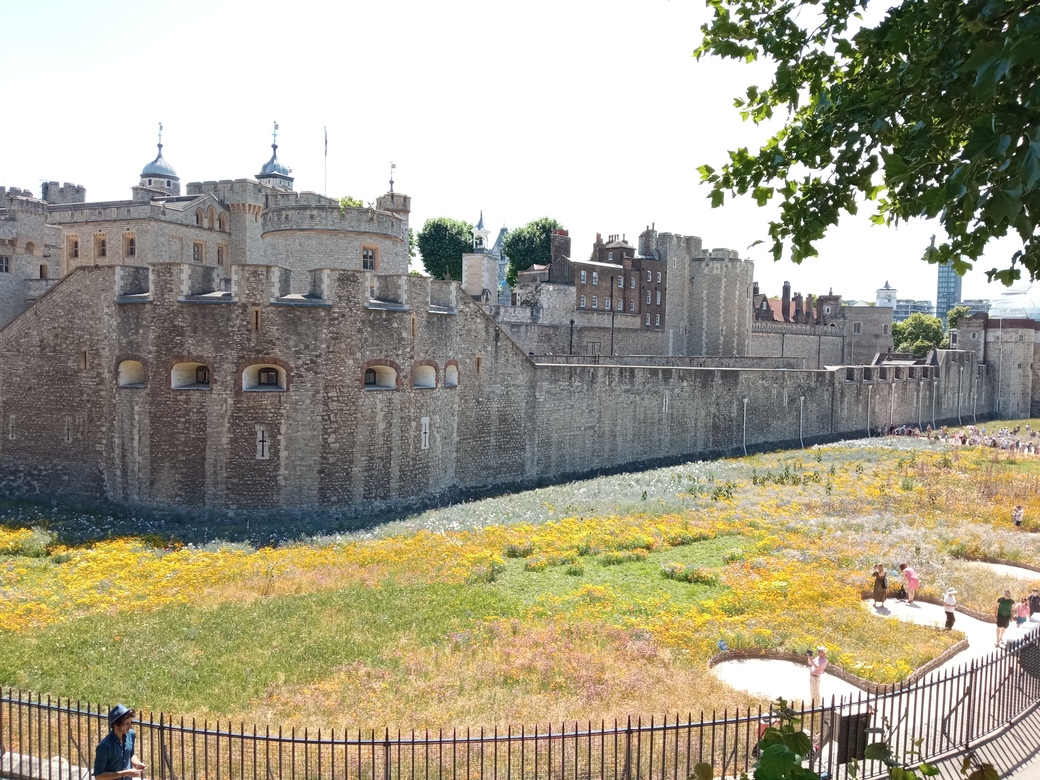The Kray twins, Ronald and Reginald Kray, did indeed have a significant interaction with the Tower of London. This historic encounter occurred during their brief military service in 1952. The twins were among the last prisoners held at the Tower before it ceased to function as a prison. Their time at the Tower marked a pivotal moment in their lives, setting the stage for their notorious criminal careers that would follow.
What Led the Kray Twins to the Tower of London?

The Kray twins’ journey to the Tower of London began with their conscription into the Royal Fusiliers for National Service in March 1952. Here’s a breakdown of the events:
- Conscription: Called up for National Service
- Reporting: Arrived at the Royal Fusiliers depot at the Tower of London
- Desertion Attempt: Tried to leave shortly after enlisting
- Violent Incident: Altercation with a corporal, resulting in serious injury
- Arrest: Detained for their actions
- Confinement: Held as prisoners in the Tower of London
This sequence of events highlights the twins’ rebellious nature and foreshadows their future criminal activities.
How Long Were the Kray Twins Held at the Tower of London?

The Kray twins’ stay at the Tower of London was relatively brief. While exact dates are not widely documented, we know:
- They were held for a short period
- Their confinement was temporary, pending further legal action
- They were among the last prisoners to be held at the Tower
After their short stint at the Tower, the twins were transferred to other military facilities to face the consequences of their actions.
What Happened After Their Time at the Tower?
Following their brief imprisonment at the Tower of London, the Kray twins’ journey through the military justice system continued:
- Transfer to Shepton Mallet: Moved to this military prison in Somerset
- Court-Martial: Faced military trial for their offenses
- Conviction: Found guilty of their crimes
- Sentencing: Sent to the Buffs’ Home Counties Brigade Depot jail in Canterbury, Kent
This process marked the beginning of the Kray twins’ long and complex relationship with the law, which would define much of their adult lives.
Why is the Kray Twins’ Connection to the Tower of London Significant?
The Kray twins’ association with the Tower of London is noteworthy for several reasons:
- Historical Significance: They were among the last prisoners held at this iconic landmark
- Transition Point: Marked the end of the Tower’s use as a prison
- Career Foreshadowing: Hinted at their future criminal activities
- Military Service Impact: Demonstrated their inability to conform to military discipline
- Public Interest: Adds to the mystique surrounding the Kray twins’ notorious reputation
This connection between the infamous gangsters and the historic Tower of London continues to fascinate historians and true crime enthusiasts alike.
What Were the Long-Term Consequences of Their Tower of London Experience?
The Kray twins’ brief imprisonment at the Tower of London had far-reaching effects on their lives:
| Consequence | Description |
|---|---|
| Military Career End | Their actions led to discharge from the Royal Fusiliers |
| Criminal Path | Set the stage for their full-time involvement in organized crime |
| Notoriety | Added to their growing reputation as rebellious figures |
| Legal Troubles | Began a pattern of confrontations with law enforcement |
| Public Perception | Contributed to their image as defiant anti-establishment figures |
These consequences would shape the twins’ future and contribute to their eventual rise as prominent figures in London’s criminal underworld.
How Did the Kray Twins’ Time at the Tower Influence Their Criminal Careers?
The Kray twins’ experience at the Tower of London can be seen as a turning point that influenced their future criminal activities:
- Reinforced Defiance: Strengthened their disregard for authority
- Criminal Network: Potentially exposed them to other offenders
- Notoriety Boost: Increased their reputation in criminal circles
- Skills Development: May have learned techniques useful in their later crimes
- Psychological Impact: Possibly hardened their resolve against societal norms
This brief but significant encounter with one of Britain’s most iconic landmarks played a role in shaping the Kray twins’ infamous criminal legacy.
What Other Historic Figures Were Imprisoned at the Tower of London?
The Tower of London has a long history of housing notable prisoners. Some examples include:
- Anne Boleyn: Second wife of Henry VIII, executed at the Tower in 1536
- Sir Walter Raleigh: Explorer and writer, imprisoned multiple times between 1603 and 1618
- Guy Fawkes: Gunpowder Plot conspirator, held and tortured at the Tower in 1605
- Rudolf Hess: Nazi leader, briefly held at the Tower in 1941
The Kray twins’ imprisonment, while brief, places them in the company of these historical figures, adding another layer to their notorious legacy.
References:
1. Kray twins – Wikipedia
2. Key Characters – Historic Royal Palaces
3. The Kray Twins – London Gangsters Feared By All – Brit Movie Tours
